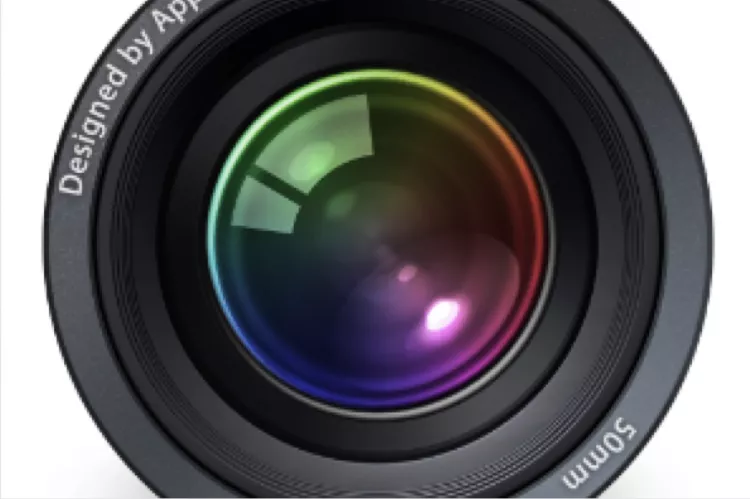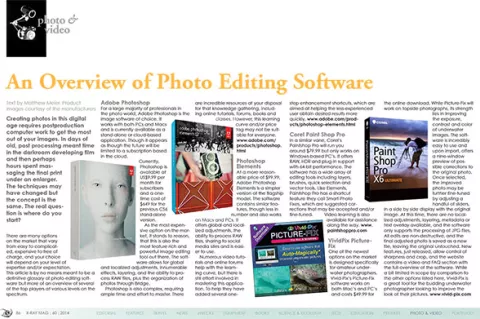Creating photos in this digital age requires postproduction computer work to get the most out of your images. In days of old, post processing meant time in the darkroom developing film and then perhaps hours spent massaging the final print under an enlarger. The techniques may have changed but the concept is the same. The real question is where do you start?
Contributed by
Adobe Photoshop
For a large majority of professionals in the photo world, Adobe Photoshop is the image software of choice. It works with both PCs and Macs and is currently available as a stand-alone or cloud-based application. Though it appears as though the future will be limited to a subscription based in the cloud.
Currently, Photoshop is available at USD 9.99 per month for subscribers and a one-time cost of USD 649 for the previous CS6 stand-alone version.
As the most expensive option on the market, it stands to reason, that this is also the most feature rich and powerful image editing tool out there. The software allows for global and localized adjustments, innumerable effects, layering, and the ability to process RAW files, plus the organization of photos through Bridge.
Photoshop is also complex, requiring ample time and effort to master. There are incredible resources at your disposal for that knowledge gathering, including online tutorials, forums, books and classes. However, this learning curve and/or price tag may not be suitable for everyone. www.adobe.com/products/photoshop.html
Photoshop Elements
At a more reasonable price of $99.99, Adobe Photoshop Elements is a simpler version of the flagship model. The software contains similar features, though less in number and also works on Macs and PCs. It offers global and localized adjustments, the ability to process RAW files, sharing to social media sites and is easier to use.
Numerous video tutorials and online forums help with the learning curve, but there is still effort involved in mastering this application. To help they have added several one-step enhancement shortcuts, which are aimed at helping the less-experienced user obtain desired results more quickly. www.adobe.com/products/photoshop-elements.html
Corel Paint Shop Pro
In a similar vane, Corel’s Paintshop Pro will run you around $79.99 but only works on Windows-based PC’s. It offers RAW, HDR and plug-in support with 64-bit performance. The software has a wide array of editing tools including layers, brushes, quick selection and vector tools. Like Elements, Paintshop Pro has a shortcut feature they call Smart Photo Fixes, which are suggested corrections that may be accepted and/or fine-tuned. Video learning is also available for assistance along the way. www.paintshoppro.com
VividPix Picture-Fix
One of the newest options on the market is designed specifically for amateur underwater photographers. Vivid-Pix’s Picture-Fix software works on both Mac’s and PC’s and costs $49.99 for the online download. While Picture-Fix will work on topside photographs, its strength lies in improving the exposure, contrast and color of underwater images. The software is incredibly easy to use and upon import, offers a nine-window preview of possible corrections to the original photo. Once selected, the improved photo may be further fine-tuned by adjusting a handful of sliders, in a side by side display with the original image.
At this time, there are no localized adjustments, layering, metadata or text overlay available, and the software only supports the processing of JPG files. All edits are non-destructive, and the final adjusted photo is saved as a new file, leaving the original untouched. New features, just released, allow control of sharpness and crop, and the website contains a video and FAQ section with the full overview of the software. While a bit limited in scope by comparison to the other options listed here, Vivid-Pix is a great tool for the budding underwater photographer looking to improve the look of their pictures. www.vivid-pix.com





























